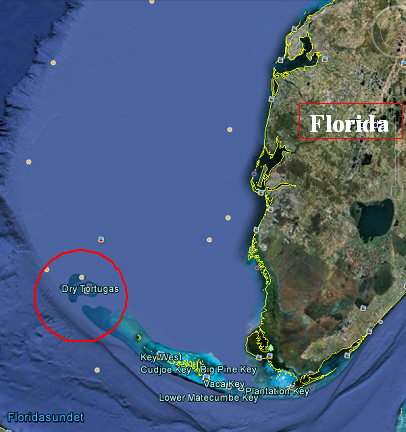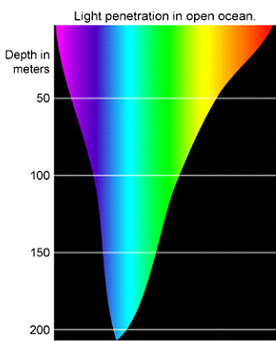There were many food riots in the past. When it was bad harvests and grain prices rose while distilleries for strong alcoholic beverages continued like nothing had happened, it was riots and the police tried to stop it but could not always stop these hundreds of people rioting. They threw stones at police, smashed windows on rich man's house and administrative buildings with stones. Many times even the military was called in. The people were protesting that too much grain was spent to make strong alcoholic bewerage and bread prices rose which I understand. People also protested when the rich in society partied with tax money, I understand that too. When this happens today, I also think it is wrong. Or to use tax money to locate courses for municipal employees in foreign countries when there are both facilities and good opportunities at home. Tax money should go to the care, school and welfare at home.
One thing that I noticed in the book was about Karl IV Johan. He was elected as king of Sweden because they needed a strong king in the wartimes as it was then in the early 1800s when the Napoleonic wars raged in Europe.
Unequivocally this new king meant much for Sweden during these troubled times. Read an article in Svenska Dagbladet that the king paid all of Sweden's national debt with his private money. It sounded very good but this is questionable because it was money that came after the sale of the island of Guadeloupe in the Caribbean to France. Sweden got the possession of the island as thanks for the help in the war against Napoleon. Was it Sweden or Karl IV Johan that was entitled to this money?
When Karl IV Johan had reigned in Sverigre for 25 years, this would be celebrated with a big party 1843. The city's 500 most important residents were invited. Through some papers it emerged that the party would be paid by taxmoney. Many felt that the city's money that paid for poor relief should not be used for a royal party. Protesters marched through the streets and started throwing stones at the windows of the houses, some 30 houses got broken windows and the police lost control of the demonstrations. The crowd moved to Stockholms theater and inside there was a gala performance. The theater was taken and both actor and spectators had to flee head over heels.
A recensent writes about the book "Surprisingly very familiar from Sweden and the world today and yesterday: Masked protesters, throwing stones, hunger riots, bombings, racism, letter bombs, anthrax attacks, muslim terrorism, xenophobia, anti-racism, football hooligans, assaulted journalists, potatoes rescues the poor, religious extreme sects, opposition in mental hospitals, protests against food used for other than food production (as spirits, now biofuels).
http://blog.zaramis.se/2010/08/10/bondeuppror-och-gatustrider/ ( Hunger riots do we not recognize in our country today)
Today, we also have stone throwing people but now it's not so much the Swedes as immigrant youths throwing stones at police, firefighters and paramedics. Particularly well known is this from Malmö and we've all read about it and seen it on TV. There is no question of any hunger riots earlier. A derogatory image in an instagram was what started it all in Gothenburg last autum.
Stones to rescue personnel in Rosengård are familiar to all.
http://www.skanskan.se/article/20100508/MALMO/100509677/0/hoor/ * / stoning-to-police-on-fire
Fredrik Ekelund, a wellknown writer from Malmö, has written about this. Read what he wrote about stone-throwing in Rosengård riots when it happened there. It went on for several days and the police failed to stop it, but as through a magic stonethrowing were stopped by leading muslism men / gang leader.
Fredrik Ekelund writes "When Besam Mahmoud, self-appointed spokesman for the Islamic Cultural Society in Rosengård, speaks of" discrimination "and" us Muslims "should be clear about who he is and what his organization wants. In his world, integration is not a good thing in itself . It is the enclave and the self-willed alienation that is the case and the unwillingness to integrate as the Sweden Democrats. An interesting thing here is that the representatives of the Islamic Cultural Society was low at the start of the riots. But the same day, day five or six, they told the parents of the association to go out and put a stop to it all, then everything stopped up, as of a given command. The question to ask is, of course, why did not Besam Mahmoud and other leaders that had responsibility stop it the very first night? "
http://www.fredrikekelund.se/2011/09/rosen-i-rosengard-kravallerna-2008/
You can also read what he writes about what's happening in Malmö:
http://www.axess.se/magasin/default.aspx?article=1213
http://www.sydsvenskan.se/kultur--nojen/fredrik-ekelund-etniska-svenskar-foraktas/
Some Muslim groups express clearly, we do not want to be integrated into the Swedish society. It is haram, a sin.
The following, you can read "The integration of Islam and Muslims in non-Islamic society is haraam and is at odds with the message of Islam because integration means sacrificing some elements of Islam to it, and the Muslims will be part of whole, namely the Swedish society and Sweden., the big question that remains unanswered is what parts do we need to give up? Concrete examples are never given, and partly because this false thought's proponents do not have a crystal clear idea of its own message, and partly by the fear for the overwhelming and uncontrollable rage these examples will awaken the Muslims, who can not, or may not like such a large-scale corruption of Islam. "
http://hizb-ut-tahrir.se/index.php/kategori-aktuella-amnen/94-islam-i-sverige-eller-svensk-islam
Nalin Pekgul have been outspoken and told us about this. Please read what she says in an article in DN. Muslim men working for a greater influence of their religion and they do not want their young people to become intregrated.
http://www.dn.se/debatt/vi-maste-vaga-ifragasatta-den-religiosa-extremismen
Mona Sahlin said once ('she said it several times) "We have failed with our integration policy" - TV1 September 28, 2001 http://sv.metapedia.org/w/Mona_Sahlin
The thing is that it is not easy to integrate persons for whom it is haram / sin to become integrated. They want their own Muslim community, preferably with Sharia law. Luckily not all muslims are like that.
What will we finally say about the stone-throwing Swedes. Mats Adolfsson concludes the book like this and thinks of the development since the 1930s: "A new self-image was formed. Rear tinted an image of an eternally peaceful, kind, neutral and sometimes wimpy Swedish, who would rather tie your fist in your pocket than protesting openly and who trust the authorities. Engelbrecht, Dacke and 1743 years of rebellious Dalesmen probably would not have recognized themselves in the description.
Will it be the same trend with the stone throwers alive today?


















